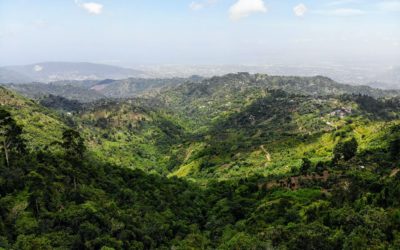The Uluru, also known as the Ayers Rock, is believed to be the world’s largest free-standing rock and the largest sandstone monolith in the world. Situated in the southwestern region of the Northern Territory in central Australia, the Uluru is Australia’s great outback icon.
This massive rock, which stands dramatically as if it has popped out of the vast semi-arid plains of the Uluṟu-Kata Tjuṯa National Park, has a height of 335 m and stands 2.5 km long and 2 km wide. Around the base, the Uluru measures in excess of 9 km and can be seen from a long distance in all directions. Kata Tjuta, or the Olgas, a group of large domed rock formations is another main feature of this National Park. The Uluṟu-Kata Tjuṯa National Park is a UNESCO World Heritage Site for both cultural and natural importance.
The rock is thought to be over 600 million years old and is regarded as an important sacred site by the Aboriginal people of Australia. This rock was formerly called as Ayers Rock after the 19th century South Australian Premier Sir Henry Ayers. But nowadays it is called Uluru, after the ownership of the rock was officially returned to the Aboriginals in 1985. There are numerous caves in the base of this rock, which have carvings, paintings and rock art culturally significant to several Aboriginal tribes of the area.
This rock formation is actually a summit or tip of a vast buried sandstone hill and two-thirds of the rock is believed to be underground. It is believed that this rock formation took form from conglomerate sediments, which were laid down 600 to 700 million years ago in an ancient inland sea and which thrust above the ground due to geological forces.
All About Jamaica
FAST FACTS OFFICIAL NAME: Jamaica FORM OF GOVERNMENT: Parliamentary democracy CAPITAL: Kingston...





0 Comments